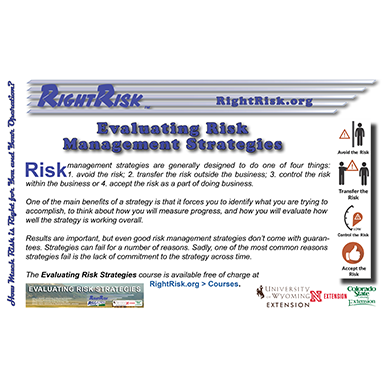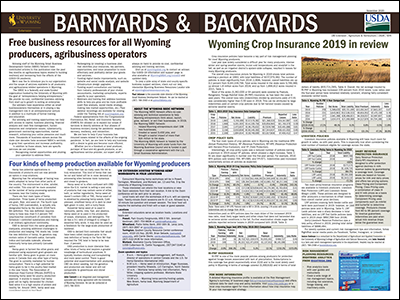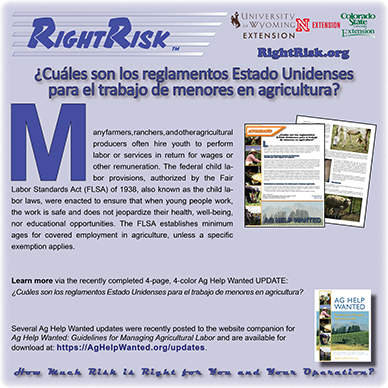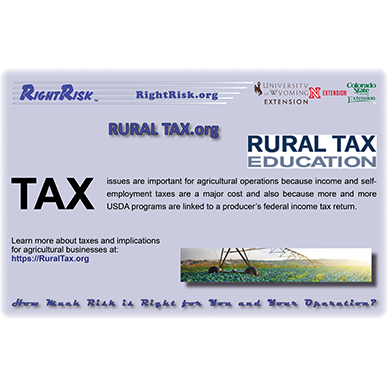RISK management strategies are generally designed to do one of four things: 1. avoid the risk; 2. transfer the risk outside the business; 3. control the risk within the business or 4. accept the risk as a part of doing business.
One of the main benefits of a strategy is that it forces you to identify what you are trying to accomplish, to think about how you will measure progress, and how you will evaluate how well the strategy is working overall.
Results are important, but even good risk management strategies don’t come with guarantees. Strategies can fail for a number of reasons. Sadly, one of the most common reasons strategies fail is the lack of commitment to the strategy across time.
The Evaluating Risk Strategies course is available free of charge at: RightRisk > Courses.









